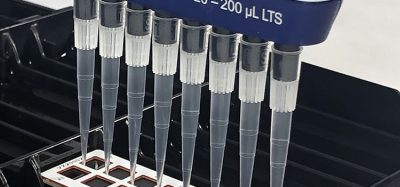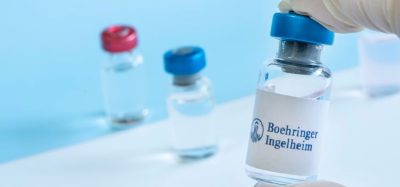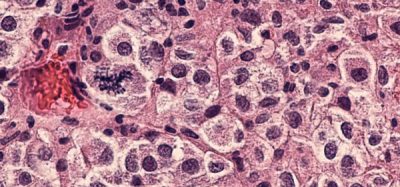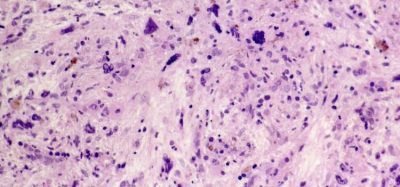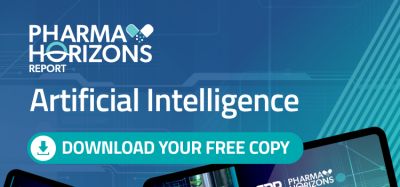Positive topline results from two Phase III dupilumab studies
Posted: 1 April 2016 | | No comments yet
Sanofi and Regeneron have announced positive topline results from two placebo-controlled Phase III studies evaluating investigational dupilumab in adult patients with inadequately controlled moderate-to-severe atopic dermatitis (AD).
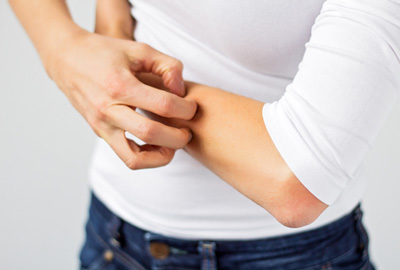

The studies, known as LIBERTY AD SOLO 1 and SOLO 2, met their primary endpoints. In the studies treatment with dupilumab as monotherapy significantly improved measures of overall disease severity, skin clearing, itching, quality of life, and mental health.
Commenting on the topline results, George D. Yancopoulos, M.D., Ph.D., Chief Scientific Officer of Regeneron and President of Regeneron Laboratories, said: “These are the first Phase 3 studies of a systemic therapy to demonstrate a significant improvement in moderate-to-severe atopic dermatitis, a chronic, debilitating inflammatory disease that impacts over one million Americans. These data provide strong evidence that the IL-4 and IL-13 signalling pathway is a fundamental driver of inflammation in atopic dermatitis. Dupilumab is the first in a new class of immunotherapies – in these 16 week trials, dupilumab blocked the aberrant activation of this pathway, resulting in significant efficacy without evidence of immune-suppressing side effects. We continue to evaluate the role of IL-4 and IL-13 signalling in related inflammatory conditions, including asthma and nasal polyposis, where we have ongoing dupilumab clinical development.”
Elias Zerhouni, M.D., President, Global R&D, Sanofi, added: “There are no approved systemic therapies in the US for people with moderate-to-severe atopic dermatitis, underscoring the clear unmet need. These results may bring new hope to AD patients, many of whom have suffered for years. In the US, where dupilumab in atopic dermatitis has been granted Breakthrough Therapy designation by theUS FDA, we plan to submit a regulatory application in the third quarter of this year and will work to bring this innovative therapy to patients as quickly as possible.”
Over 1,300 patients were enrolled in the SOLO 1 and SOLO 2 trials
A total of 1,379 adult patients with moderate-to-severe AD were enrolled in the identically-designed SOLO 1 and SOLO 2 trials. Patients were enrolled if they were not adequately controlled with topical medications, or if topical treatment was not medically advisable. All patients were assessed via the 5-point Investigator’s Global Assessment (IGA) scale, ranging from 0 (clear) to 4 (severe); entry criteria required a baseline score of 3 or 4. Patients were also assessed using the Eczema Area and Severity Index (EASI) and other measures. Patients were randomized into one of three treatment groups: dupilumab 300 mg subcutaneously once per week, dupilumab 300 mg subcutaneously every two weeks, or placebo for 16 weeks following an initial dupilumab loading dose of 600 mg subcutaneously, or placebo.
At 16 weeks, for SOLO 1 and SOLO 2, respectively, 37 and 36 percent of patients who received dupilumab 300 mg weekly, and 38 and 36 percent of patients who received dupilumab 300 mg every two weeks , achieved clearing or near-clearing of skin lesions (IGA 0 or 1), compared to 10 and 8.5 percent with placebo (p less than 0.0001). This was the primary endpoint of the study in the US. For SOLO 1 and SOLO 2, respectively, the percent improvement in EASI from baseline was 72 and 69 percent in patients who received the 300 mg weekly dose, and 72 and 67 percent for patients who received dupilumab 300 mg every two weeks, compared to 38 and 31 percent for placebo. Also, for SOLO 1 and SOLO 2, respectively, 52.5 and 48 percent of patients who received dupilumab 300 mg weekly, and 51 and 44 percent of patients who received dupilumab 300 mg every two weeks, achieved EASI-75 compared to 15 and 12 percent with placebo. This was the key secondary endpoint in the US for these studies and one of the primary endpoints in the EU.
For the 16-week treatment period, the overall rate of adverse events (65-73 percent dupilumab and 65-72 percent placebo) was comparable between the dupilumab groups and the placebo groups.



